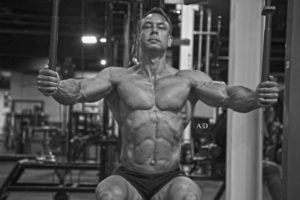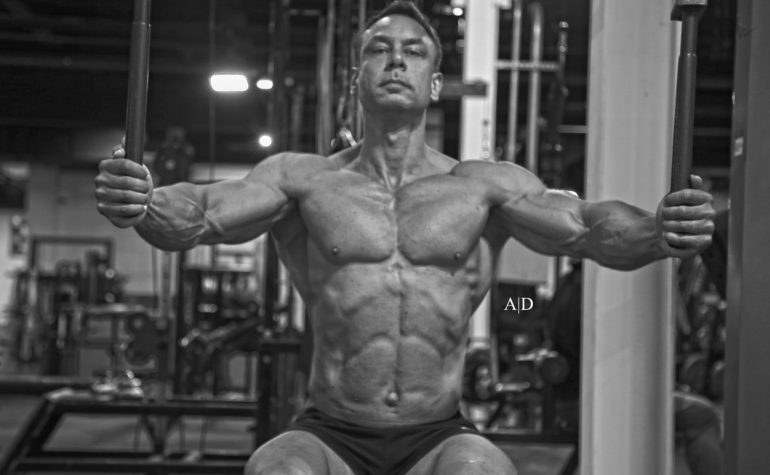
What is the best cardio for weight loss?
Great question, Maik Wiedenbach NYC personal trainer NYC trying to solve that mystery. First off, cardio is not a magic bullet that burns fat a rapid rate. All it does is that it allows for more calories expanded so if your nutrition is in check it helps with getting lean. But if it not, you will literally spin your wheels for nothing.
1. Low intensity vs high intensity cardio
Low intensity steady state vs High intensity interval ( HIIT) is another area of heated debate among st fitness enthusiasts just like BMW vs Mercedes, so let’s look at the evidence. Basically, there are two ways to go about it:
– the old way with longer, low intensity cardio sessions (45 to 60 minutes at a steady state) thinking walking on a treadmill or paddling on a bike.
– the new school of thought, where you perform short intense bursts of exercise, namely sprints followed by 1 min breaks of lower intensity jogging.
Which one is winning?
In a way, they both have advantages and disadvantages.
The old way of doing cardio is quite effective since it keeps your heart rate at a steady level for a prolonged period. This is the kind of cardio I would recommend right after training with weights, in order to achieve maximum fat loss. During weight training you achieve glycogen depletion sine you are burning through all your carbohydrates and up regulate CAMP (enzyme supporting fat loss), which means the body will use primarily FFAs ( free fatty acids) for energy in the follow-up cardio session. Again, it is not a miracle but if you are in a calorie c deficit, you will lose fat.
HIIT cardio also has its benefits. It creates a higher energy output per minute then steady state cardio, and it saves time because sessions are usually only about 20 to 25 minutes ( remember the hitchhiker from something about Mary : 6 minutes abs, you save a minute) Your heart rate reaches higher peaks when performing HIIT cardio and you have a higher EPOC which means post exercise used up calories, basically you burn some additional calories after the session. If you are pressed for time, 20 minutes of HIIT will burn more calories then 20 minutes of regular low-intensity cardio.
So why not just perform HIIT every time? Because not everyone has the physical fitness do sprints. A rank beginner will not get much out of it o even get injured. Also, HIIT can be harder on the recovery and joints, so you simply can not all the time. LISS can be don in almost unlimited quantities so it allows for greater volume .
2. Should you do Cardio on an empty stomach?
For ages, people have gotten up at insanely early hours and performed cardio following the logic that since they were exercising with an empty stomach, the body has no other choice but to revert to fat as an energy source. It sounds great, but is it true? I believe that people place an over sized belief on cardio in to get lean. Let’s have a closer look at cardio in a fastened state.
In short, no, cardio on an empty stomach is not more effective then non fasted. Long answer? Let’s read on.
While it is true that the body will use mainly fatty acids as an energy source when performing any exercise on an empty stomach, this doesn’t necessarily mean that you will lose more body fat. How so? In the end, what matters are the overall calories being burned. So while someone who does cardio in the AM might use up more fatty acids then someone who does cardio in the PM, they still burn the same amount of calories. Now, if we assume a caloric deficit, they will both lose weight.
Personally I do not think much of doing cardio in a fasted state for two reasons. First, performance usually drops if the athlete has not eaten so the overall amount of calories being burned is lower then if the athlete had consumed some food beforehand.
Secondly, there is the potential for muscle loss. Foods (glycogen and amino acid) are anti-catabolic and so they help prevent catabolism aka muscle loss If muscle is lost, that means your metabolism will slow down, hence you will have to diet stricter to achieve the same results. Therefore, I would not put myself in a situation where I might lose muscle.
If you feel the need to separate cardio from weight training, at least have some whey with Gatorade beforehand to avoid going catabolic. Otherwise, do it after you hit the weights; your glycogen stores will then be empty and fatty acids will be used for energy.
3. What makes a great cardio for weight loss ?
What is the best form of cardio? In short, the one you do.
1. Running has the lowest entry barrier, can do done anywhere with very little cost. The downside is that is mainly lower body
2. Biking is easier on the joints but does require equipment and you have to deal with motorists. It is also weather dependent and you are training primarily your lower body.
3. Swimming is a great exercise, easy on the joints, high burn rate and overall expenditure but most people are not very good at it. It is the one cardio form where on needs a coach to from floating to actually swimming
4. Rowing is also great but it pays to take a few lessons so you are not making it a biceps/ forearms workout but use you legs as the main mover.
How much cardio should you do ? As little as you can get away with while losing weight so you can increase if needed. You do not want to start your weight loss journey with high amounts of cardio since then you would go into a death spiral, needing to do more and more cardio since your body adapts.
What does that mean? The first time you run a mile, it might cost you 700 calories ( I am using an arbitrary number age ) but as you keep on running the body will get more efficient so you need to run more to burn the same calories.it makes fat loss difficult. So start small once your weight loss stalls and add from there.
Conclusion
While cardio is no magic bullet, it does have its place in a well-thought-out training and diet program,
In closing, remember this: when building a physique, here is what matters
- You must perform resistance training
- You need to perform some form of hip hinge squat, hip hinge, push and pull at least twice a week.
- You need to find exercises for said movements patters then allow you to create the maximum amount of tension and fit your anatomy. Example: I have long arms so I do get a lot out of the bench press but do well with flyes. By the same token, my short legs make for great squatting
- You need to figure out your macros and get close to them on most days. In order to lose weight, you must be in a deficit.
- Then and only then you can use cardio as an add-on on to get even leaner, but if you are missing points one to five, you are the literal hamster in a wheel. You can not out cardio a poor diet!
My favorite workouts are in the shop!
Maik

Comprehensive Maik thanks.
awesome!
I always feel better when I train on an empty/semi empty stomach.
I need to eat maD amounts
Good information
thank you
Thanks for the insights. This makes perfect sense.
As always thanks for the awesome advice!!
The best one is the on you do! Classic Maik tip
it is!
Hiit always leaves me with sore joints I am a poor athlete to he certain.
personally I hate it
Elliptical is my chosen cardio. Step mill on leg day. To me, weight training and cardio have always gone hand in hand, 20 years now.
agreed
Excellent as always